The Shot: Manitou Springs man witnessed JFK assassination, then took Pulitzer Prize-winning photo two days later
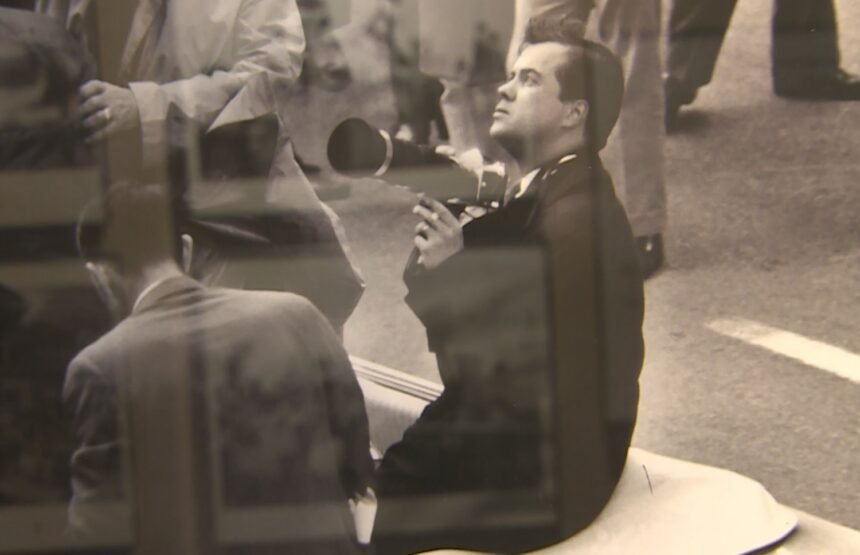
MANITOU SPRINGS, Colo. (KRDO) -- There are infamous dates throughout American history that forever altered the nation: December 7, 1941; September 11, 2001; November 22, 1963 -- for one Manitou Springs man, it’s the latter that forever changed him and his career.
Bob Jackson was a young photographer working for the Dallas Times Herald in 1963. He was assigned to John F. Kennedy’s motorcade the morning of his assassination. Little did he know that his assignment would give him a front-row seat to history, not just once, but twice.
"It didn't soak in until days later how important this whole thing was,” said Jackson while staring at one of his photographs hanging at the Manitou Springs Heritage Center.
"My assignment was to photograph what I could on the parade route, which was about five miles from the airport to downtown."
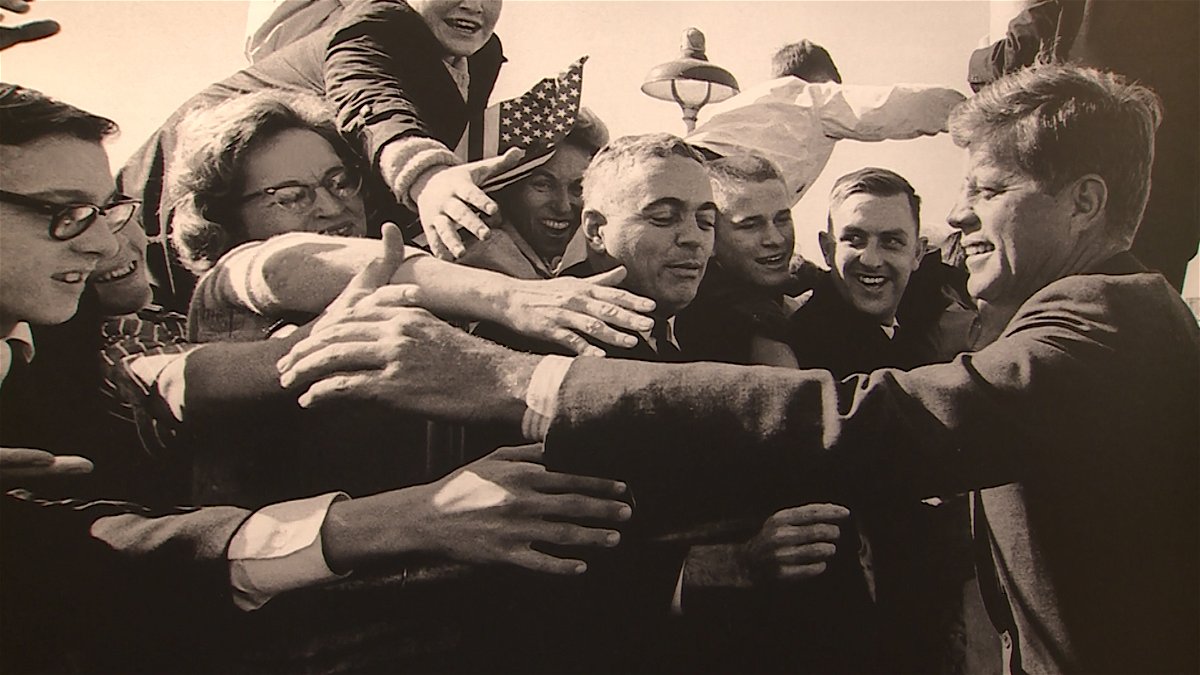
Jackson, who has lived in southern Colorado since 1980, was eight cars behind the president during the parade in Dallas the morning of 11/22/63. After taking pictures of the president and the crowds at Love Field, he was instructed to join the parade route to take pictures and then unload his camera to toss the film to a reporter on the corner of Main and Houston. That’s the moment Jackson heard shots not coming from any camera.
"So I was instructed to unload my camera, put the film in an envelope, look for him [the reporter], toss it out and he would take that film back to the paper," said Jackson. "I remember thinking, as we were going through town, what I shot, I said, 'We're not gonna use that stuff. We're gonna get much better pictures. Why do I have to unload my camera?' But I did.”
“And so, when I tossed it out, he had to chase it because the wind caught it, blew the envelope a little ways, he had to chase it, and we were laughing, those of us in the car. And as we were turning the corner ... we heard a shot, the first shot, then a pause, then two more closer together,” he said.
Jackson’s first thought upon hearing the shots?
"Someone is shooting at the motorcade, at the president,” he said.
Seconds later, Bob looked up at the now infamous Texas School Book Depository – one of just four people who testified in front of the Warren Commission that they saw a rifle sticking out the sixth-floor window.
“And I just looked up, and there was a rifle resting on the ledge in the sixth floor,” said Jackson. "I saw it."
Jackson had an empty camera, unable to reload and get a picture before the shooter removed his rifle from outside the sixth-floor window.
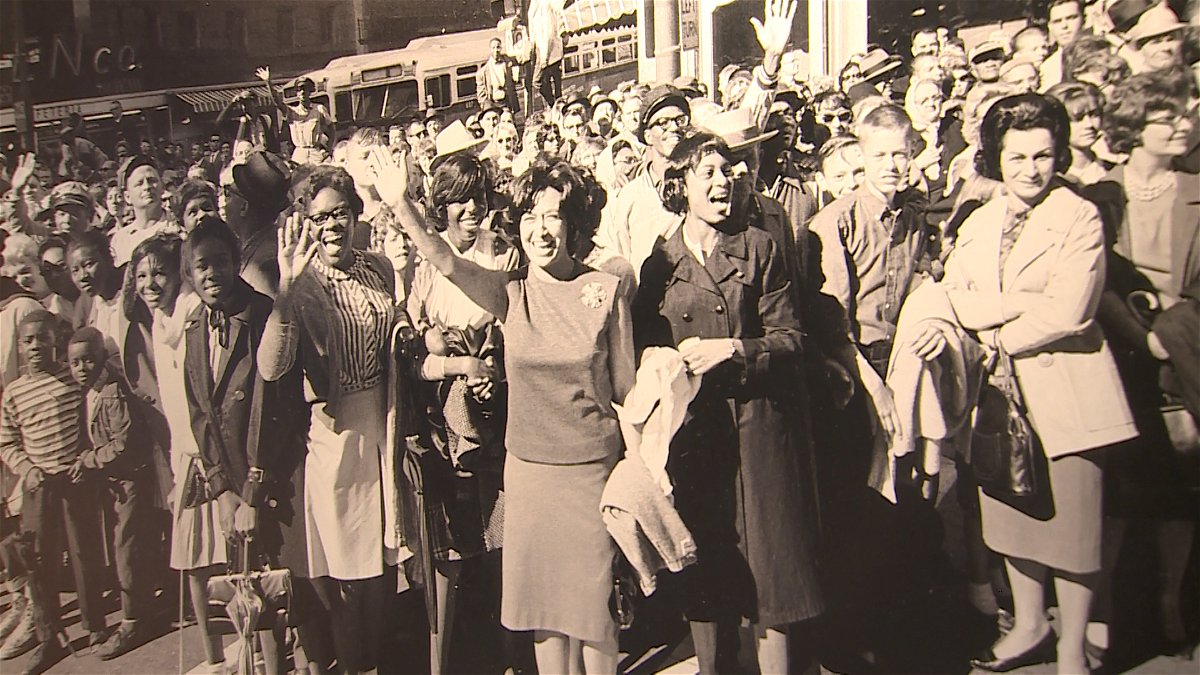
Although plenty of photos would soon surface of Kennedy’s killer, no one snapped a photo of Lee Harvey Oswald in the act.
However, Jackson did get his shot of Oswald, his most infamous image, not on November 22, but two days later while Dallas police attempted to load Oswald into a vehicle in the basement of Dallas Police headquarters.
"Yeah, Saturday night I got the assignment … I remember thinking, 'Hey, I'm gonna have the first crack at this guy. I'll have a chance to get a picture of him. What if he never gets to the other end of town?' Because there had already been threats,” said Jackson.
"I see him coming and then all of a sudden somebody stepping out from my right, blocking my view, quickly, I mean this was quick. And, so, somebody's getting in my way. Well, [Jack] Ruby fired, and I fired. And timing is good,” Jackson laughed.
“You know I just pushed the button.”
Jackson, who majored in business at SMU, and took up photography at the age of 12 simply because his aunt gave him a “Baby Brownie Special” Kodak camera, pushed the button that won him a Pulitzer Prize in photography in 1964.
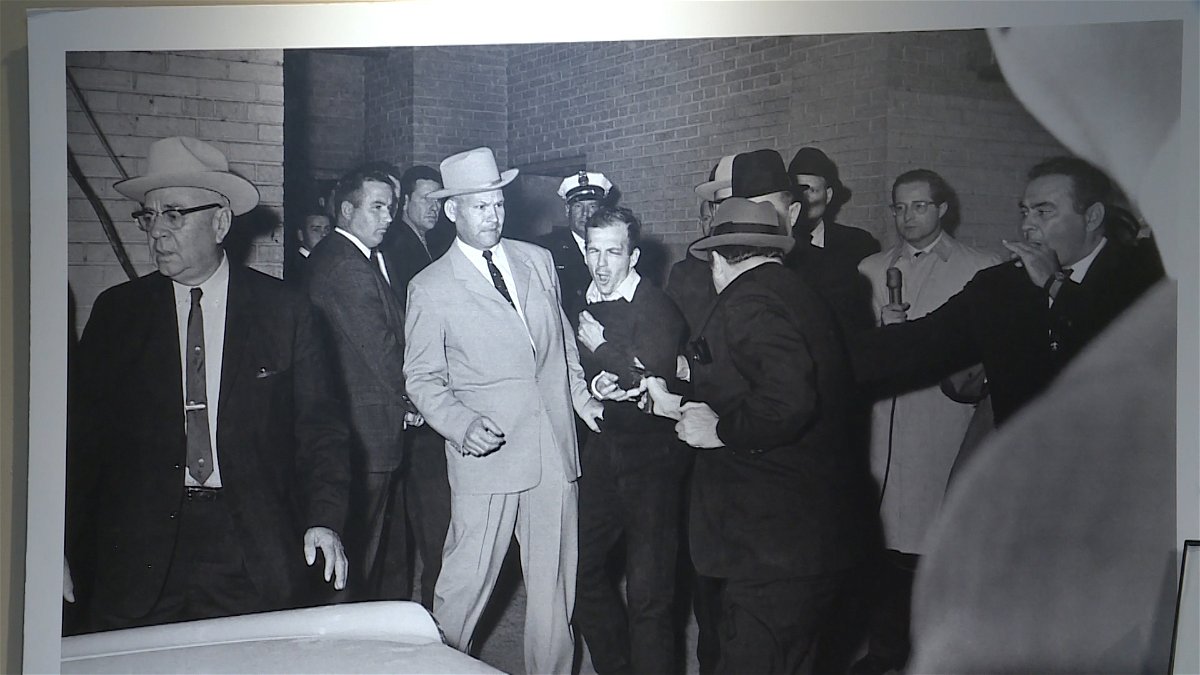
Later, Jackson, and the country, would soon learn the man stepping into Jackson’s shot was Jack Ruby, a Dallas nightclub owner.
Jackson was the only photographer to snap his shutter at the exact moment Ruby’s gun was fired at Oswald. However, it wasn’t until Jackson developed that shot in the darkroom when he realized he had history in his hands.
"I let out a yell to my chief photographer who was standing outside the door. So we made a wet print in the enlarger, took it out to the newsroom, showed a few people, and we realized then we had beaten the Dallas (Morning) News,” said Jackson.
He knew he had a legendary photo. It would soon be on the cover of nearly every newspaper and magazine in the country.
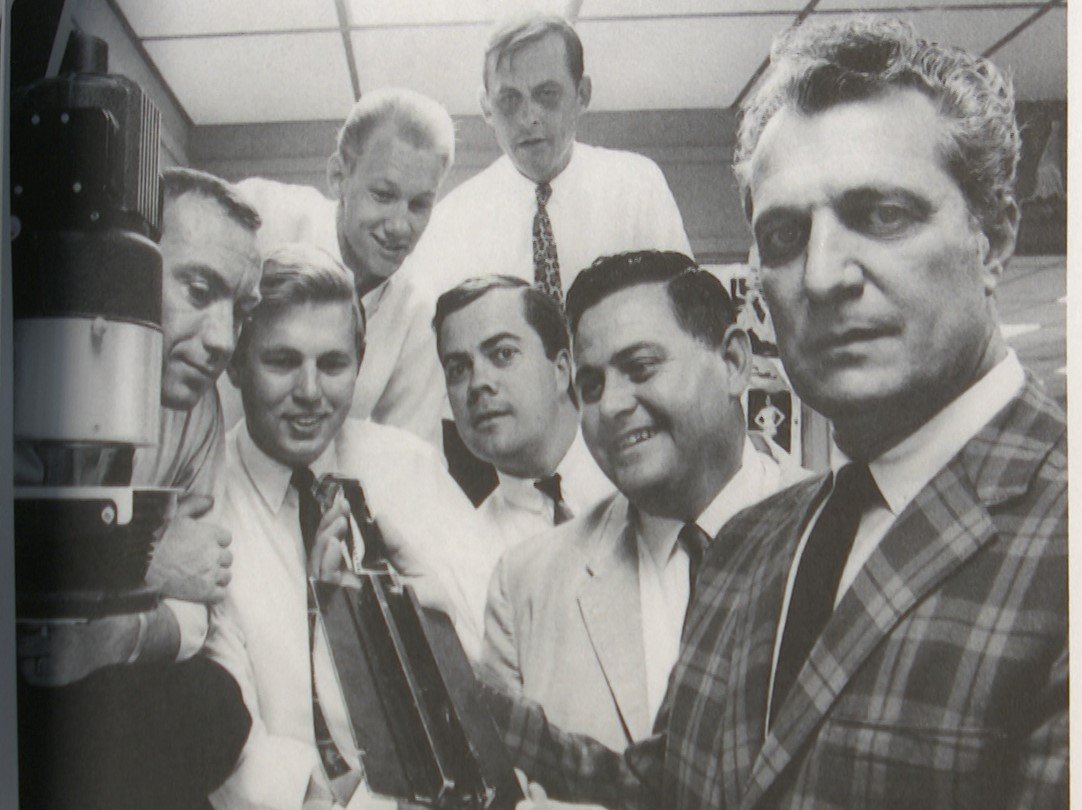
Many wonder how Ruby, a civilian, could get so close to the transport of Oswald two days after killing JFK. Jackson said while the police thought it would be safe to transport Oswald in the basement of the station, with press, and other people around, some were already skeptical.
"Well, this is Will Fritz, he's chief of detectives,” said Jackson, pointing to his famous shot printed inside his book “The Shot.”
“He did not want to move Oswald in public. He didn't want any of us there,” he said.
But many people, some not in law enforcement were there. It only took a moment for him to step in and get the shot off.
"Until the gun went off, I wasn't even sure why the guy was stepping out. But he only took two or three steps,” said Jackson.
Ruby was also able to get so close to the transport because he was friends with many at the Dallas Police Department, according to Jackson.
"Jack Ruby knew all the police. He loved to hang out at the police station,” he said. “He would close his club at two in the morning and he'd go get sandwiches and coffee and everything and take them down there and hang out with the police."
Holding Oswald’s belt buckle in Jackson’s famous photo, and handcuffed to Oswald as he’s being shot, is Dallas detective Jim Leavelle. Leavelle knew Ruby well and later became friends with Jackson. Leavelle later shared with Jackson why he believed Ruby killed Oswald.
"[Ruby] said to Leavelle, he said, 'ya know, I just admire you guys so much.' He said, 'one day, I wanna do something. When you have a problem I want to come to your rescue.' Those weren't the exact words but 'I want to be a hero,” said Jackson.
Vigilante justice is the simple and most likely theory, according to Jackson.

Oswald died two hours later at the same hospital of which Kennedy was pronounced dead two days prior. Ruby would die from a blood clot complicated by cancer a little more than three years later, before he could be tried for murder. Both untimely deaths are the biggest reasons conspiracy theories surrounding the JFK assassination have flown in American culture for nearly 60 years.
Jackson, who went on to work in Denver before finishing his career at The Gazette, says he doesn’t believe any of the conspiracies.
"No. I don't,” he said. “In the beginning, people would ask me that I would say, 'I have an open mind. There could have been a conspiracy.' But Oswald acted alone."
So what goes through Jackson’s mind now, 58 years ago to the day that forever changed the United States? What does one think when looking at the shot that killed one person and delivered a Pulitzer Prize to another?
"Well, I'm just glad I was the one that shot it,” said Jackson, who’s been happily retired for the last 22 years.
"Every photographer would like to shoot an image that has meaning. I hated to see it happen in Dallas. But I was glad that I was able to cover a moment in history, in time."




